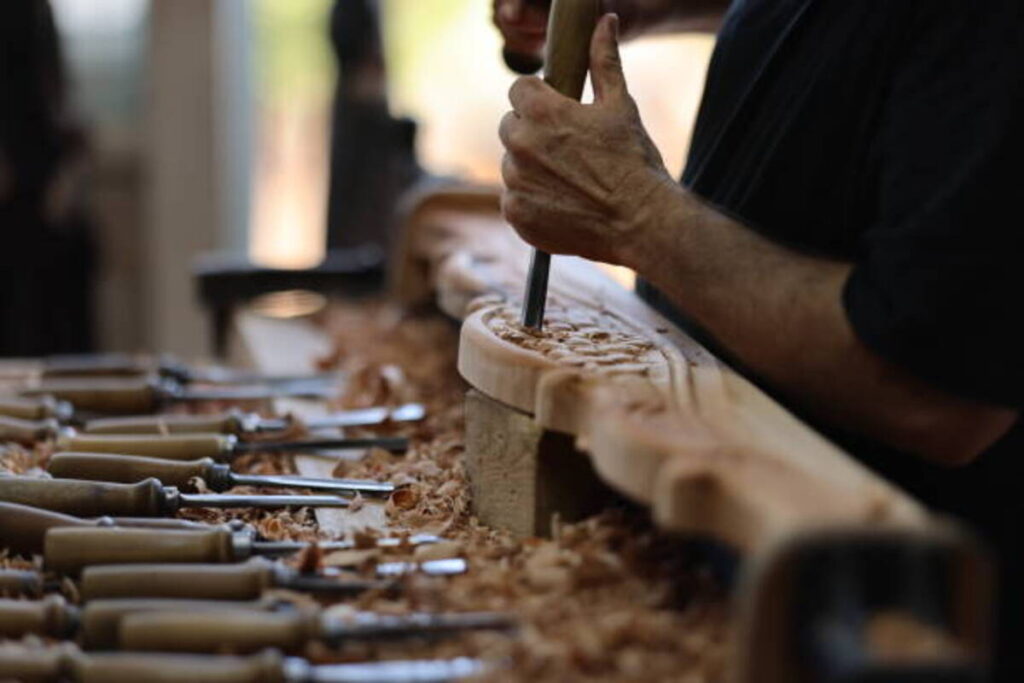Carpentry is an art form that combines precision, skill, and creativity. Whether you’re a novice or a seasoned craftsman, mastering carpentry requires a deep understanding of techniques, tools, and materials. In this comprehensive guide, we’ll explore essential carpentry skills, advanced techniques, and expert tips to help you achieve success in your woodworking projects.
Understanding the Basics of Carpentry
The Importance of Proper Tools
To excel in carpentry, the foundation lies in having the right tools. Hand tools such as hammers, chisels, and saws are indispensable, but power tools like drills, circular saws, and planers can significantly enhance your efficiency. It’s crucial to invest in quality tools that not only last longer but also provide better results. Regular maintenance, including sharpening blades and keeping tools clean, ensures their longevity and effectiveness.
Selecting the Right Wood
The type of wood you choose can make or break your project. Hardwood, such as oak, maple, and walnut, is known for its durability and strength, making it ideal for furniture and structural work. On the other hand, softwood like pine and cedar is easier to work with and more cost-effective, perfect for smaller projects or beginners. Understanding the properties of different wood types, including their grain, moisture content, and how they react to various tools, is essential for a successful outcome.
Mastering Measurement and Marking
Accurate measurement and marking are fundamental in carpentry. A slight miscalculation can lead to ill-fitting joints and wasted materials. Using tools like tape measures, squares, and marking gauges ensures precision. Always measure twice and cut once—this old carpentry adage highlights the importance of accuracy in every step of your project.
Essential Carpentry Techniques
Joinery Techniques
Joinery is the backbone of carpentry. Mastering different types of joints, such as dovetail, mortise and tenon, and lap joints, is crucial for creating strong and durable structures. Dovetail joints, for instance, are ideal for making drawers and boxes due to their strength and resistance to being pulled apart. Mortise and tenon joints are commonly used in chair and table construction, providing stability and strength.
Cutting Techniques
Knowing how to properly cut wood is a critical skill in cutting carpentry techniques. Crosscutting and ripping are two fundamental cutting techniques. Crosscutting involves cutting across the grain, while ripping cuts along the grain. For precise cuts, using a miter saw or table saw is recommended. Understanding the difference between cutting with the grain and against it can significantly impact the final look and stability of your project.
Sanding and Finishing
Sanding is a vital step in achieving a smooth surface. Start with a coarse-grit sandpaper to remove any rough spots, then progress to finer grits for a polished finish. After sanding, applying a finish like varnish, stain, or paint not only enhances the wood’s appearance but also protects it from wear and tear. The key to a professional finish is in the preparation—ensure the surface is clean and free of dust before applying any finish.
Advanced Carpentry Techniques
Creating Custom Molding
Custom molding adds a unique touch to any project. Using a router with different bits, you can create intricate designs and patterns on wood edges. This technique is particularly useful in cabinetry and furniture making, where decorative elements are essential.
Wood Bending
Wood bending is an advanced technique that allows for the creation of curved shapes, adding a sophisticated look to your projects. Steam bending and lamination bending are two common methods. Steam bending involves softening the wood with steam, allowing it to bend without breaking. Lamination bending involves gluing multiple thin layers of wood together and bending them into shape. Both techniques require patience and precision but offer stunning results.
Inlay and Marquetry
Inlay involves embedding pieces of contrasting wood or other materials into a solid wood surface to create decorative patterns. Marquetry is a similar technique but typically involves more intricate designs and can cover larger surfaces. These techniques require a steady hand and a keen eye for detail, but the results can elevate a simple piece of furniture into a work of art.
Tips for Success in Carpentry
Planning and Designing
Before starting any project, thorough planning is essential. Sketch out your design, list the materials needed, and determine the tools required. Consider creating a cut list, which outlines every piece of wood needed and its dimensions. This not only helps in organizing your work but also ensures that you don’t run out of materials midway through the project.
Continuous Learning
Carpentry is a skill that evolves with time and experience. Stay updated with the latest techniques, tools, and materials by attending workshops, watching tutorials, and reading industry publications. Joining a carpentry community can also provide valuable insights and feedback on your work.
Safety First
Safety should always be a priority in carpentry. Wear appropriate protective gear, including safety glasses, ear protection, and gloves. Keep your workspace clean and organized to prevent accidents. Always follow the manufacturer’s instructions when using power tools, and never bypass safety features.
Patience and Precision
Carpentry requires a great deal of patience and precision. Rushing through tasks can lead to mistakes and subpar results. Take your time to ensure every cut, joint, and finish is executed with care. Remember, the quality of your work reflects your attention to detail.
Quality Over Quantity
When it comes to carpentry, quality should always take precedence over quantity. Focus on producing well-crafted pieces that stand the test of time, rather than rushing to complete as many projects as possible. This approach not only enhances your reputation as a craftsman but also ensures customer satisfaction.
Conclusion
Mastering carpentry is a journey that involves learning, practice, and a dedication to excellence. By understanding the basics, honing your techniques, and applying expert tips, you can create beautiful, functional pieces that showcase your skills. Whether you’re building a simple bookshelf or crafting a custom piece of furniture, the principles outlined in this guide will help you achieve success in your carpentry endeavors.



